Interview with Jogen Chowdhury
by Ananya Chatterjee
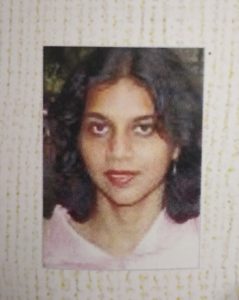
(Reading Time: 20 min Approx)
There is a late autumn nip in the evening air as I walk towards Jogen Chowdhury’s residence at a plush condominium in South Kolkata. I am rushing because it is 6.55 p.m. already. The interview is scheduled for 7. I am registering my name in the ground floor security office, when my phone buzzes with the painter’s name. “Aren’t you supposed to be here by 7? Is the interview still on?” I quickly reply in the affirmative. In the elevator carrying me towards his floor, I wonder whether a renowned painter, a prolific poet and a busy parliamentarian manages to remember every such appointment scheduled for a day.
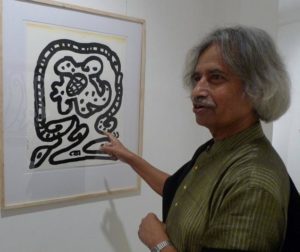
I am still in a state of mild bewilderment when the doorbell is answered with a smile from Mr. Chowdhury himself. He seats me in his artistically designed living room and conversation begins to trickle. In the process of the interview, I discover a very humble and down to earth human being in the stalwart septuagenarian – an optimist whose faith in the goodness of the world has not decayed with time. A few snippets from our hour and a half long conversation are shared below.
ME: The world knows of Jogen Chodhury as the painter. But some of us are also aware of the poet in you and the fact that you have authored quite a few poetry collections. It makes one curious as to which your first love was – which creative form did you surrender yourself to earlier – which relationship is older of the two.
JC: Well, my relationship with visual art goes back a long long way. Perhaps I was seven or eight years old when I first began to carve out figures in our native residence in present Bangladesh. After the partition, I shifted with my family to Kolkata. It was a period of struggle and we kept changing residences, from one relative to the next. My first painting was the sketch of a peacock on the walls of one of my uncles’ Manohar Pukur residence where we were staying at that time. I was using a colour pencil whose one end was red and the other blue. I sketched the peacock using these two shades.
I can safely say that my relationship with painting is way older than my tryst with poetry.
In Kolkata, I grew up in Selimpur, Dhakuria, a small refugee colony in South Kolkata, where we had finally managed our own house, after shifting from one uncle to another. Our neighborhood comprised of very close-knit, like minded, culturally liberated individuals and we used to have cultural events frequently organized in the evenings. We would regularly celebrate the birth anniversaries of legendary poets by arranging poetry nights where the verses of Tagore, Kazi Nazurl Islam and Sukanta would be recited. A magazine called Nandimukh was started by enthusiastic members our locality. The endeavor was spear-headed by Saroj Lal Bandopadhyay. It was during this time that my interest in poetry began to grow and I started writing my own verses. It was during my early college years, when I had already chosen art as my vocation.
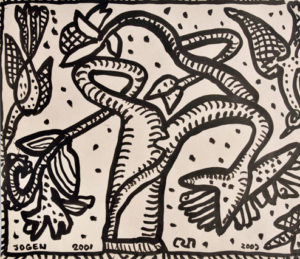
Another contributing factor was the reading habit that was inculcated at a very young age because of literature-enthusiasts in our family. Many magazines, on literature and politics would regularly come to our house. My brother, sister-in-law were members of the communist party at that time and hence had access to magazines on the communist lines. From a very young age I developed the habit of reading literature, essays and poetry. Poetry of Subhas Mukhopadhyay and Sukanta Bhattacharya deeply moved by senses. My relationship with poetry has matured with age.
ME: As an artist do you feel that all forms of art are somewhere connected?
JC: There is a fine line that subtly connects all the different forms of creative arts including sculpture, painting, dance, music, poetry, literature. This connection is due to the inherent factor of human sensitivity as well as some fundamental parameters and rhythms that repeat in all art-forms. Since all these creative pursuits are born out of human sensitivity and sensibility, it is easy to comprehend why all the art forms bear a resemblance in structure, form and expression. In other words, the underlying structure, framework and rhythmic undercurrent for an image or a visual art from is not very different from that of poetry or music, the areas of resemblance is even greater in case of dance & dramas. 
Those of us who are painters or sculptors, first develop a mental image of the shapes and forms and then work towards their physical manifestation. A sculptor bends an iron rod with his own hands and actually sees his imagination taking shape towards a tangible reality. A painter goes through a similar experience when he creates his artwork. Which is why, dealing with forms and structures, is something a painter or visual artist engages in on a regular, habitual basis. In fact, this process is not very different for a poet or a musician. It is only the framework, medium or language that varies from one art form to another.
In case of poetry, the structure and forms are given shape through the use of words. A painting has texture; so does the structure of a verse or poem. In a painting, we find empty space between the drawn objects; in a verse too, words and stanzas need to be separated by the use of empty space. All this is required to enhance the impact of the poem or the work of art as well as to ensure that its true essence is correctly deciphered.
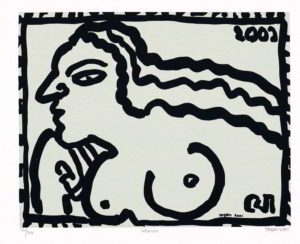
ME: People on creative journeys usually have to undergo a lot of struggle to establish themselves, compared to mainstream professionals. Do you feel the situation has improved now?
JC: Yes, And no. When I say yes, I refer to the economic aspect of this. Which means, that the financial struggle of an aspiring artist was far more stark and severe in earlier times compared to what it is now. It has become easier to secure oneself financially as an artist in present times. With the advent of the internet and social media, it has become a lot easier to showcase our works of art to the world. On the flip side, the entire society has become a lot more competitive – a lot more cut-throat.
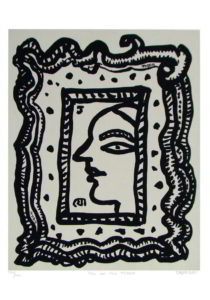
There is lack of patience and a craving for short-cuts to grab the limelight. The quality of creative output is compromised upon as a result. So, although, the economic hurdles have become easier to cross, the competitive market has commercialized art and somewhere the qualitative excellence suffers in the process.
In our times, the society was quieter, more at peace with itself. The youth of our times had some ideologies they strongly believed in, that gave them strength and perseverance. These ideologies might not have been perfect, but our faiths were unquestionable. In the present society, there is no strong ideology that youths believe in. Now, there is a lot of disquiet in the air.
ME: What make you write? Is the same emotion that triggers poetry and painting?
JC: As I mentioned earlier, all creative forms share an inherent connection. So the mental state or condition that evokes poetry or visual art is often the same. But that is just the initial bit. Drawing or painting requires imagining and conceiving the forms, lines, figures – it is a lengthy process and occupies the mind even when I am not in the middle of sketching or painting. Whereas in case of poetry, it is somewhat instantaneous – there is a quest to find the exact word or phrase that describes what I want to convey, and that happens while I sit down to write.
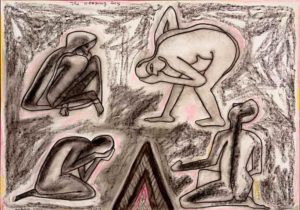
My poems are usually reactionary – meaning I write in response to incidents or scenes, or evens that move me or through me in a way that requires immediate outburst. I edit and re-edit my poems; then try to redesign the scratched-out portions into interesting artwork much like Tagore! My poems are therefore infrequent compared to my artistic pursuits. The creation of a painting or piece of art is a far lengthier process.
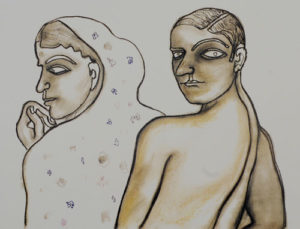
When an image comes to mind, or when I come across a picture or photograph that excites my interest, I usually note it or make a rough sketch of the same in a sketch book of mine. These sketch books contain sketches, pictures and visual representations of sudden random ideas. Later many of these are developed by me into complete works of art. The sketch books are serially organized and span over two to three years. My current sketchbook is the 52nd in the chronology.
ME: What are you working on at present?
JC: At present I am working on several things. As I told you, I keep jotting down impromptu sketches, in my sketch book. I am developing some of these into full sized at works. There are a couple of exhibitions lined up.
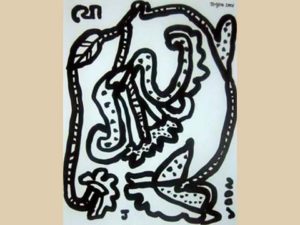
I am also involved in mentoring students of arts. Then, there is this art journal which is going to come up with its inaugural issue later this month. I, being the editor am contributing to the overall content, look and feet of the journal.
Would you believe this … Nandimukh, the magazine of my childhood, still exists – the club is called Nandimukh Sanstha and comprises forty members. The club is in its sixty-eth year and I feel proud to be a part of it.
Besides, there are several other organizations that I am part of and get pulled into from time to time. Being a parliamentarian has increased my duties manifold.
ME: This brings me to my next question. As a member of the Rajya Sabha, do you have a plan of action on the lines of betterment of society through art?
JC: Let me begin by saying that present society is degenerating at an alarming rate; the main reasons being rampant dishonesty and lack of sincerity. The only ray of hope is the fact that, every generation has its own share of a few differently wired individuals – individuals who possess the creative genius, the fortitude and the patience to create something extraordinary and thereby bring about a change in the surrounding social condition. This generation is no different. Hence, the role of art is even more significant than before.
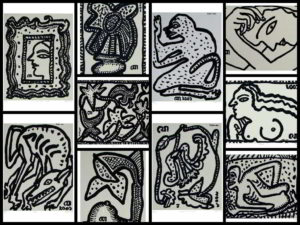
As an adviser to the syllabus designing committee, I had advised that all forms of art (performing as well as visual art) should be part of mainstream syllabus, and not just extracurricular sections., Until and unless we do this, art will never find its proper place. Students with a special knack towards some form of art will continue to have to depend on their parent’s decision to enroll them in separate art schools. Our schools can change this scenario, once art is introduced as a mainstream subject.
I was extremely disheartened at the Government’s decision to reduce the funds towards all cultural organizations by a gross 50%. I have spoken to the concerned minister and advised them to revise this in their next session as several cultural organizations will simply stop operating due to lack of funds. Let us see if they take my advice into consideration.
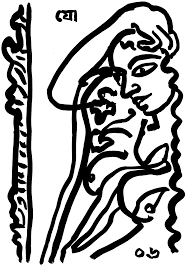
ME: What is your message towards the artists of the present generation?
JC: I believe a mere message is not going to help. And why just artists, the same message holds for the entire generation, because artists are just a subset of the society. There are three things needed to attain success – talent, sincerity and proper planning. If these three elements are present in an individual, nothing or no-one can stop him or her.
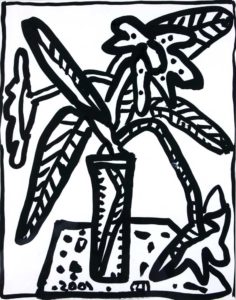
Talent is that which a person is born with. There has to be a god-gifted sense of creativity present to begin with. You, being a poet yourself, must know this already. There is that supernatural power, that extra intangible energy which possesses us artists or poets at the time we are creating our work of art. This talent is something inimitable, and it must be present for an artist to excel. But talent is not enough, honesty towards one’s work is of prime importance. It is the one thing that reflects in every creation of an artist. So, if one has talent, remains honest towards his or her creations, and maintains a disciplined plan of action, success will never be far!
— Interview by Ananya Chatterjee
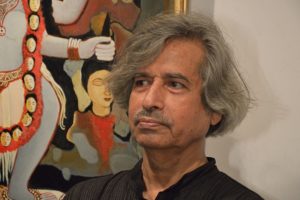

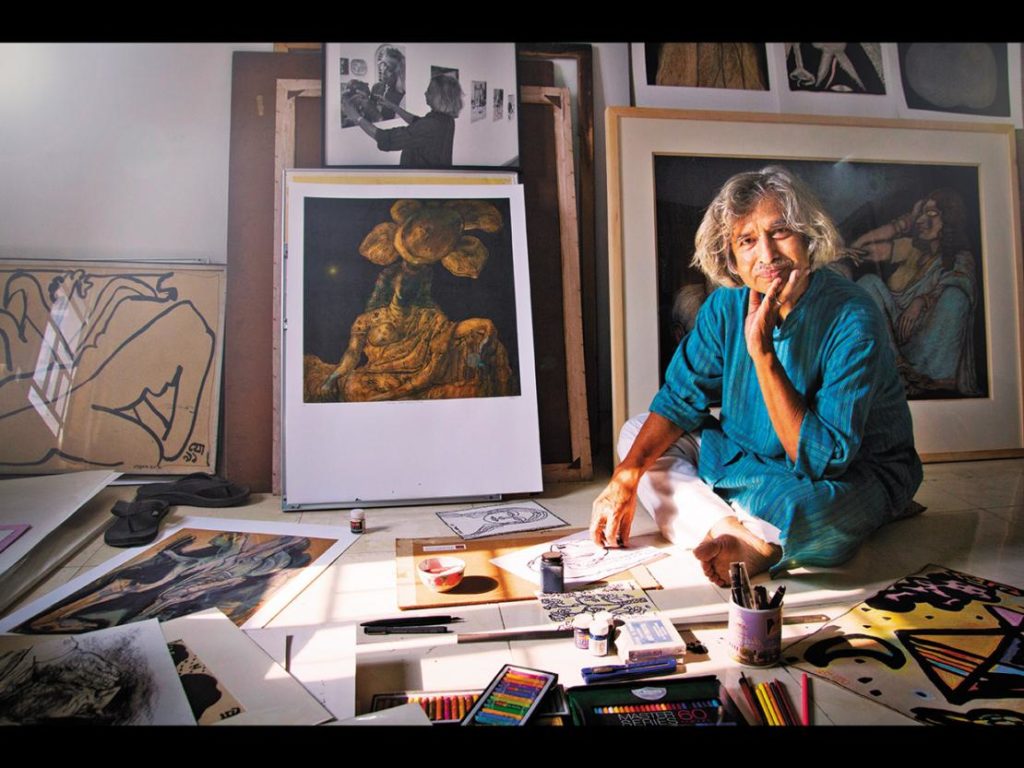
Can u make my interview
Please Share Ur Number.